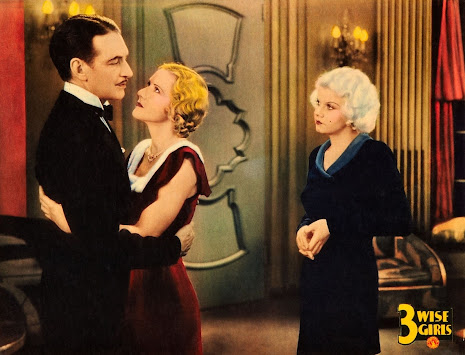Based on a play by Joseph A. Fields and Jerome Chodorov—which itself was adapted from a series of autobiographical short stories by Ruth McKenney—My Sister Eileen was later remade by Columbia in 1955 as a CinemaScope musical directed by Richard Quine. It follows the misadventures of two Ohio sisters in their search for love, fortune and an apartment to rent in New York. Rosalind Russell plays the older sister, determined to pursue a career in journalism, while also finding herself both chaperoning and competing with her younger sister Eileen (Janet Blair), whose dream of becoming an actress draws all the wrong people to their cramped basement apartment.

.jpg)
.jpg)



.jpg)





.jpg)



%20(c)%20Kanoon_da%20Mk2%20(3).jpg)



